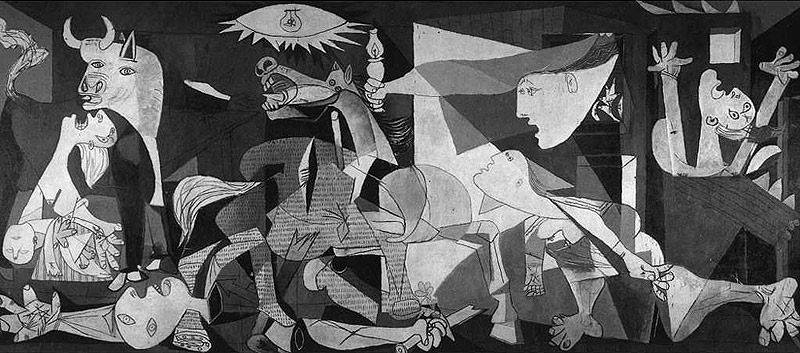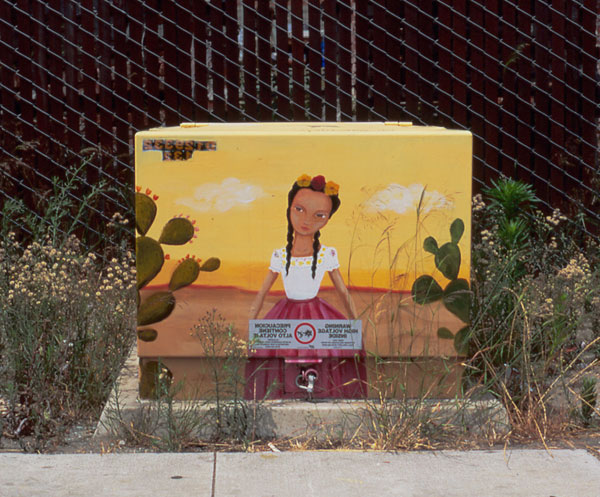Where and how artwork is displayed can oftentimes have just as much effect on the viewer’s experience as the artwork itself. A piece can be meant to be admired from afar, or from as close as possible – this can be pre-determined by the artist themselves or be a happenstance discovery once the art piece is completed – it all affects how the viewer will perceive the piece. If the display lighting does not properly highlight the right brush strokes of a painting or the details of a sculpture the viewer is robbed of the experience and the piece of art is robbed of its potential. So much focus is placed on the artist and the art piece being created, but no one realizes the importance of the role of the galleries or museums who display the art – they have control over how the art is perceived and can potentially damage it if not displayed correctly.
If one does not view the piece of art as it was meant to be shown – can they truly say they experience it? When shown to an audience, art is meant to elicit emotion – not always a specific feeling, but a feeling, nonetheless. And, if the intended audience does not experience the spectrum of emotion meant for that artwork – that is a crime to the public. Bad lighting, or placement can completely ruin a piece of work. Imagine a piece of art that is meant to be seen from mere inches away so it takes up the viewer’s periphery, but it has been cordoned off so the closest a viewer could get is three feet away. The physical gap also creates an emotional gap between the audience and the art – a space between the emotion that could be felt and the emotion that is felt. In relationships between people, we often associate proximity to emotions and building bonds. The farther away a person is, the harder it is to have those feelings and build a solid relationship. Distance from an art piece can cause the same obstacle.
This gap created between viewer and art piece is usually enforced to account for human error – something that is often underestimated resulting in art being destroyed by the very people trying to appreciate it. Some examples of the unfortunate incidents involving paintings being damaged by human clumsiness include a 17th century painting Flowers getting a hole punched through it when a young man slipped and fell, a vase from the Qing dynasty being destroyed when a man tripped over his own shoelaces, and a similar instance occurring with Andy Warhol’s Triple Elvis. It begs the question of if there is ever art without crime? If the gallery takes the proper precautions to prevent damage via human accidents, the audience might not be able to fully appreciate the artwork displayed. Even the most beautifully lit artwork set in a strategic place can be subject to decay and damage over time – merely from exposure to UV rays, or prolonged exposure to high heat bulbs.
Is it a crime to the public to not allow an art piece to be viewed in the way it was intended? Or is it a crime to the art and the artist on the part of the public, when that human error factor is unaccounted for and damages are incurred? There is so much potential danger in displaying art – the possibility of stealing or damage (unintentional or otherwise) – but what would be the point of art if no one saw it? To make art is to expose it, and the artist, to the world. That means more than just emotionally, but physically as well. It has the potential to be well cared for and coddled, or it could be used and abused, both options depend on the proximity to its audience. Perhaps the true paradox of art is that in being displayed it has the potential to be destroyed, but if the art has no audience, and thus no chance of hurt, then it would not truly be art at all.







